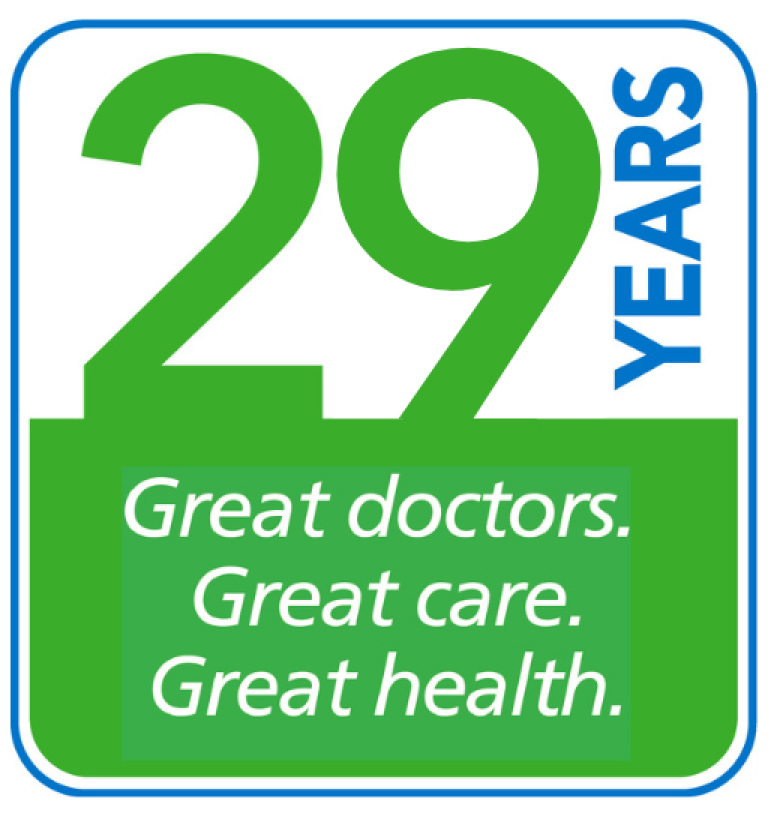By: OLADUNNI FILANI, MD
Even though food companies market many foods and beverages as “healthy,” some may not be nutritious choices. Many are packed with sugar, salt and other ingredients that can impact your health.
Here are 10 popular foods widely viewed as “healthy” that are actually not good for you.
- Veggie chips: “Veggie” may be in the name, but that doesn’t make them healthy. Many veggie chips are nutritionally similar to potato chips because they are highly processed, deep fried in oil and heavily salted. Also, some are made from potato flour with vegetable powder added for flavor, so you’re basically getting a potato chip.
If you’re craving a veggie crunch, look for those that are baked instead of fried and have less sodium.
- Fruit juices: All fruit juices are high in sugar. An eight-ounce serving of juice contains about eight teaspoons of sugar, the same as a soda. Fruit juices have “natural” sugar, but that doesn’t make it healthier than the sugar in soda.
On the plus side, fruit juice offers some nutrients. Studies show drinking no more than five ounces a day is linked to a lower risk of heart disease and stroke. So a small amount of fruit juice is okay, but a lot can give you too much sugar and contribute to poor health.
- Plant-based meats: Plant-based meats are promoted as being healthier than real meat, but that’s not always the case. They are often highly processed and high in saturated fats and sodium, and they usually don’t contain the same protein levels as lean meat, fish, poultry and eggs.
- Granola and granola bars: Some granolas and granola bars are very nutritious, but many are loaded with extra sugar and are high in calories. For example, a 2/3-cup serving of Nature Valley Oats and Dark Chocolate Protein Granola contains 7 grams of added sugar and 290 calories, while Quaker Chewy Yogurt Granola Bars include 10 grams of added sugar per bar.
If you like granola but want to avoid unhealthy store brands, try making your own at home. You can use nutritious ingredients like nuts and oats and add sweetness with dried fruit.
- Flavored yogurts: Don’t let the small cartons fool you, flavored and “fruit on the bottom” yogurts can pack a lot of sugar in one serving. For example, a 5.3-ounce container of Dannon Strawberry Fruit on the Bottom yogurt contains a hefty 15 grams of added sugar. Yogurts that have candy toppings and “flip-style” yogurts can have even more.
Instead of choosing sweetened yogurt, try topping unsweetened yogurt with fresh fruit for a bit of natural sweetness.
- Protein drinks and bars: Just because a product is high in protein doesn’t make it healthy. These items are often loaded with extra sugar, sodium and artificial ingredients.
If you do want extra protein in your diet, you can get it by eating more protein-rich foods, such as fish, eggs and beans.
- Sports drinks and energy beverages: Advertising for these products say they boost energy and athletic performance, but they can also be high in added sugar and caffeine. A 20-ounce bottle of Fruit Punch Gatorade contains 34 grams of added sugar, and the Monster Energy drink has 54 grams per 16-ounce can. (This is more than your recommended daily amount of sugar!)
Most people who perform moderate exercise or normal daily activity don’t need sports drinks to stay hydrated. Plain water works just fine.
- Gluten-free snacks: People with gluten-related disorders need to avoid gluten — a protein found in wheat and several other grains. But nutritionists agree that for most of us eating foods with gluten is fine and there is no health benefit to cutting them out of your diet.
If you go gluten-free when you don’t need to, there’s a risk you could miss out on nutritious whole grains, fiber and micronutrients. Also, some processed gluten-free snacks tend to be lower in protein, fiber and vitamins and minerals than other snacks, and may have as much sugar and calories.
- Premade smoothies: Homemade smoothies can be a tasty way to get more fruits and vegetables into your diet. However, premade smoothies and those from some chains contain large amounts of calories and sugar. If you buy a smoothie, be sure to check the ingredients first and avoid the unhealthy ones.
- Some plant-based milks: Plant-based milks — including those made from almonds, coconut, rice, and soy — can be an excellent alternative to dairy products. However, many plant milks add sugar to improve their taste. For example, original Almond Breeze almond milk contains 7 grams of added sugar per 1-cup serving.
It’s a good idea to choose unsweetened plant milks if you want to limit added sugar. So before you buy a product, read the nutrition label and look for those with less sugar.
 Dr. Filani cares for patients in MPCP’s Bowie office. He is certified by the American Board of Family Medicine and completed his fellowship in Primary Care Sports Medicine at the University of Maryland.
Dr. Filani cares for patients in MPCP’s Bowie office. He is certified by the American Board of Family Medicine and completed his fellowship in Primary Care Sports Medicine at the University of Maryland.






